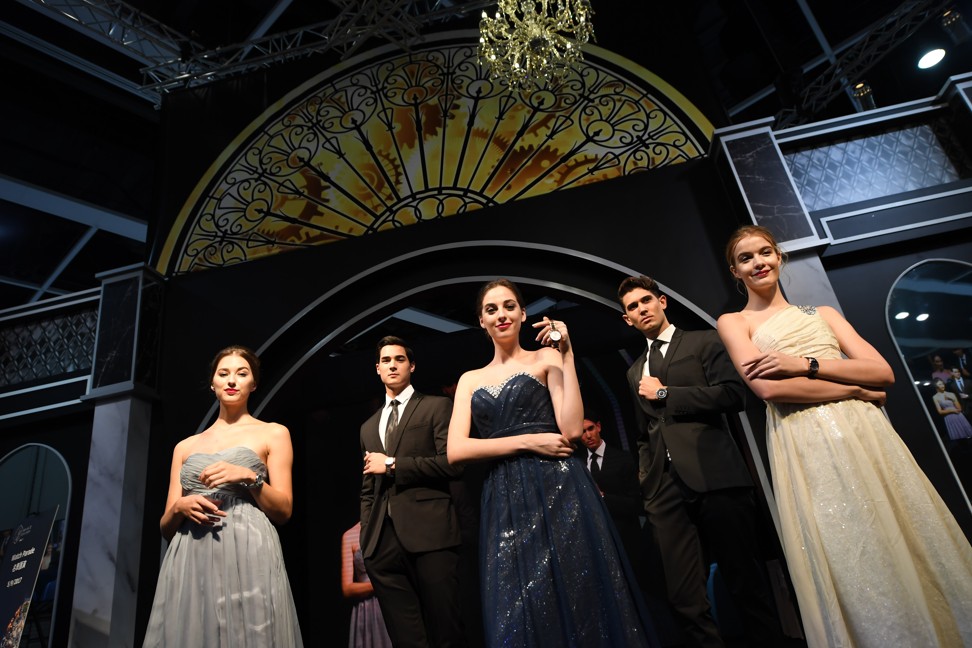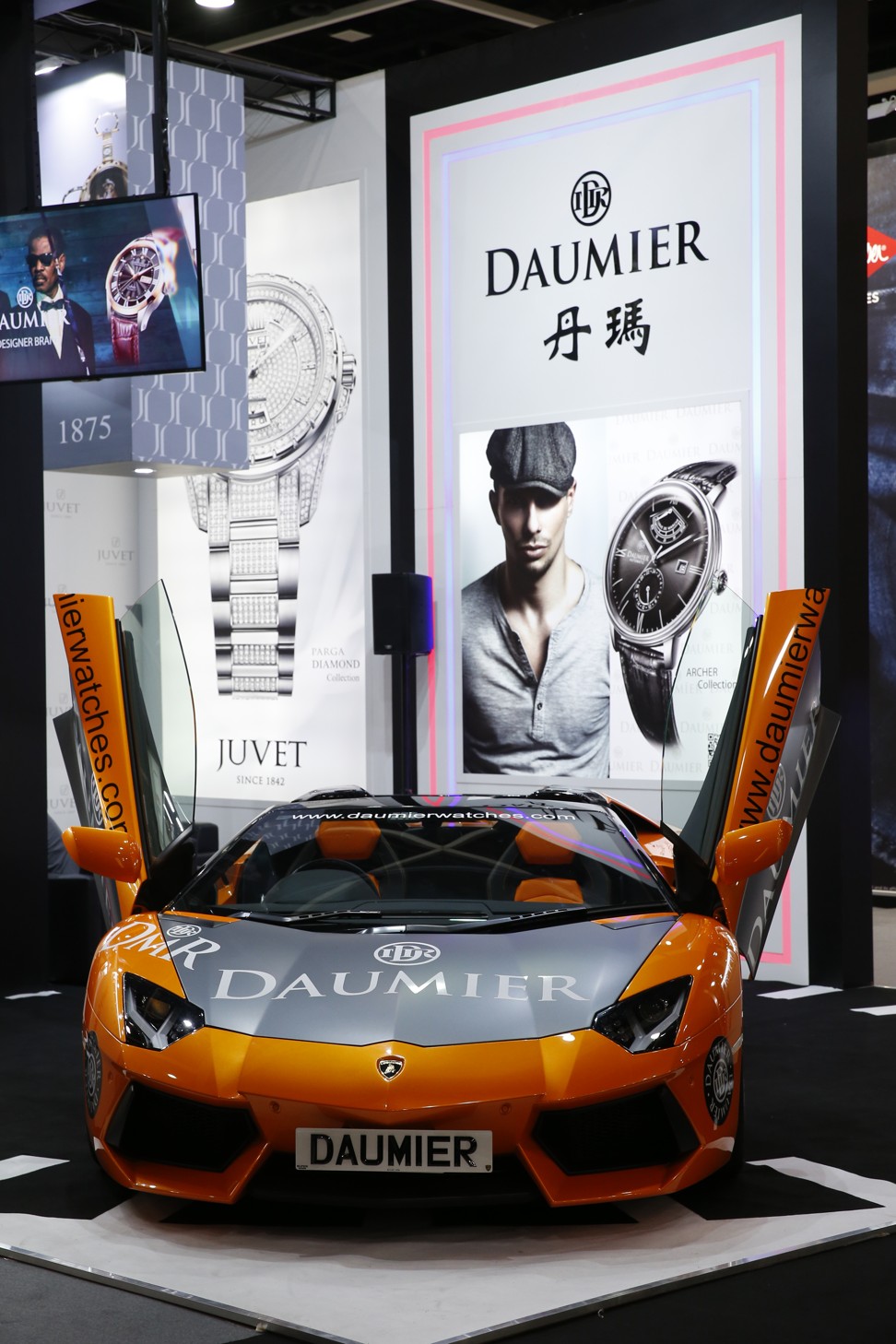
Hong Kong watch fair on the wane, but ‘not being Baselworld’ could help attract global brands
Exhibitors at this year’s fair say that visitor numbers were down but the ‘right people’ – the ones on business – still come, a nice contrast to Baselworld where throngs of non-industry attendees make it harder to meet clients
The Hong Kong Trade and Development Council’s Watch & Clock Fair last week closed the doors on its 36th edition.
Thousands of people attended the five-day event at the Hong Kong Convention and Exhibition Centre. Millions of dollars in business was conducted.
Uber-hip French watch brand Lip set for Hong Kong return, as buyout team seeks to restore its lustre
But as exhibitors packed up their booths, the mood was mixed over uncertainty in the wider watch industry, as global sales struggles at the high end of the market trickle down to the mid and mass sectors to which the Hong Kong fair caters.
“[The fair] is definitely down in terms of visitors and importance,” says Vishal Tolani, director of Hong Kong-based Solar Time, the holding company for brands such as AVI-8, Ballast and Spinnaker. “We’ve been here for years and it’s not as interesting for us as it was before.”

Tolani explains that the show used to take up every floor at the convention centre. “Our booth was three storeys [high] and in the past we had gimmicks like model planes crashing through it,” he says. This year’s fair took place on two floors, sharing the week with HKTDC’s Centrestage fashion event. All the booths were very much single-storey affairs.
Young Chinese woman elected to Cartier owner Richemont’s board, but no new head of watchmaking named
Tolani’s father Notan, the founder and director Solar Time, has been working in the watch industry for almost five decades and has attended the fair since the first edition in 1982. He laments the fall off in its prestige and importance. “It has diminished. The golden era for this fair, for us, was before the mid-2000s.”
Attendance figures for this year are still to be released. According to the HKTDC, last year almost 21,000 people visited, with 45 per cent coming from outside Hong Kong. A total of 827 exhibitors showed their wares, 399 from abroad.

Though the visitor and exhibitor numbers are dwarfed by Baselworld, the world’s largest watch fair that attracts over 100,000 annual attendees, the Hong Kong fair is still a highlight in the industry calendar.
“It’s very important to be here – it’s the second-biggest watch fair in the world after Baselworld,” says Philippe Berard, general manager of French watch group SMB, which owns the brands Lip, Girl Only and Hector H and makes over two million watches a year.
The right people still come. Before you had so many people come with a wheelie case and just take a catalogue and not talk or ask questions
Berard has been coming to Hong Kong since 1985 and he says there are very few places European companies can go to meet Asian distributors and potential clients. “Our business is mainly focused in Europe, so coming here we can meet people from China, Hong Kong and Japan.”
Like Tolani, Berard has seen the Hong Kong fair wax and wane in its importance. He concedes the show has lost some of its previous energy, but that quality is more important than quantity.
“The number of people is not as many as before, probably yes, but the right people still come. Before you had so many people come with a wheelie case and just take a catalogue and not talk or ask questions. Those people are less in number, but the people who talk business still come.”
A common gripe about Baselworld among watch brands is that it has become too big, with the huge crowds – particularly of non-industry attendees such as media, bloggers and the general public – making it increasingly difficult to conduct business and meet with clients.

To some extent, the Hong Kong fair benefits by virtue of “not being Baselworld”, says Berard, adding that he was able to make appointments with some European and global clients he missed in Switzerland “because of time”. Playing up the notion that the Hong Kong fair is a less hectic alternative to Baselworld could prove an effective strategy for organisers HKTDC in attracting European brands
For microbrands – small independent watchmakers that primarily sell online, but also search for retail distribution – the Hong Kong fair exceeds their needs, says Sebastien Morin, co-founder and director of the revived French heritage brand Ultra.
“We’re a fairly new brand to the fair, we did our first show last year,” Morin says. “What we saw last year was that people were intrigued and we had a lot of good feedback. This year those same people came back and said, ‘oh you’re still here, OK now let’s sit down and talk business.’”
Why Baselworld is no longer as reliable as a Swiss watch
In contrast to the experiences of some of the larger exhibitors, the Hong Kong fair has been a boon for Ultra and they have not only signed up clients in China and Asia, but in Europe too, Morin says.
“It’s been a great fair for us … We’ll definitely be back next year.”

